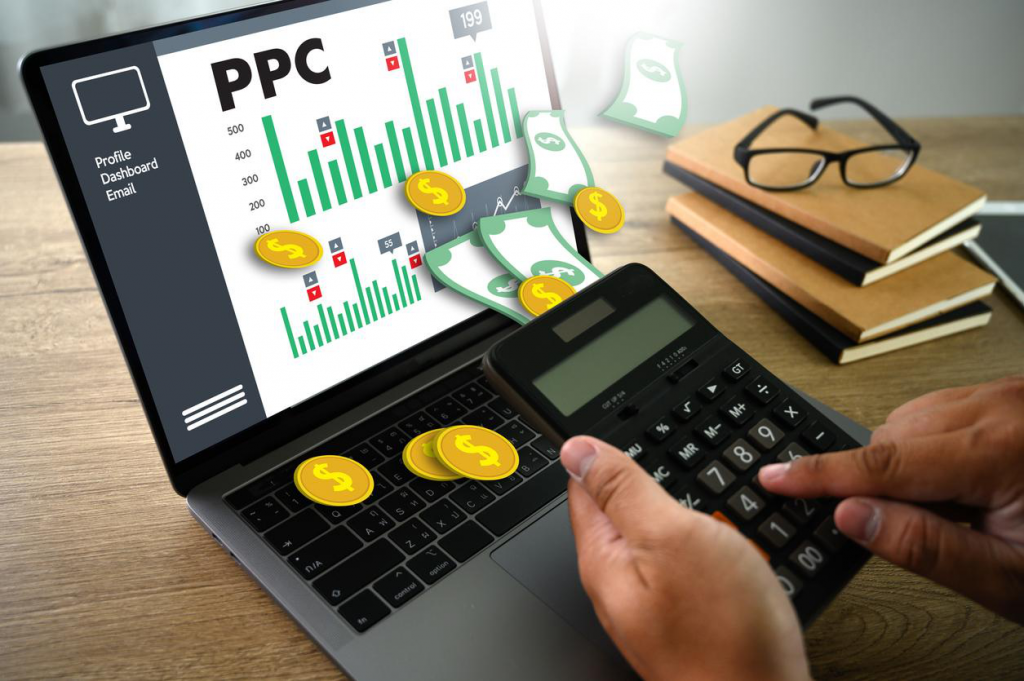The integration of technology into training and assessment has transformed traditional educational landscapes. With the advent of digital tools, learners can access resources in real time, engage in interactive environments, and benefit from personalized learning experiences that cater to diverse needs and preferences. Technology facilitates comprehensive assessment methods that allow for immediate feedback and performance tracking, ensuring that both trainers and learners can make informed decisions about progress and areas for improvement. This guide explores the various ways in which technology enhances modern training and assessment methods, highlighting its impact on learner engagement, accessibility, and overall effectiveness.
1. Interactive Learning Environments
The rise of technology has led to the development of interactive learning environments that promote engagement and collaboration among learners. These platforms often incorporate features such as discussion forums, live quizzes, and multimedia content, enabling learners to immerse themselves in their studies actively. By leveraging gamification techniques, training programs can motivate individuals to participate more actively and retain information effectively.
The incorporation of virtual and augmented reality technologies into training has revolutionized the way learners experience complex concepts and scenarios. For instance, medical students can practice surgical procedures in realistic simulations, allowing for hands-on experience without the risks associated with traditional methods. This not only builds confidence but also enhances knowledge retention.
Interactive learning environments serve to foster a sense of community among learners. By connecting individuals with similar goals and interests, technology encourages collaboration and peer-to-peer learning. Such engagement can lead to more profound discussions, shared insights, and broader perspectives, enriching the overall educational experience. From Certificate IV in training and assessment to advanced degree programs, technology has made it possible for learners to engage with content in interactive and meaningful ways. It is no surprise that these methods have become increasingly popular in modern education.
2. Personalized Learning Experiences
Personalization in education is becoming increasingly achievable through technology. Learning management systems (LMS) can analyze individual learners’ progress and adapt content based on their strengths and weaknesses. This tailored approach ensures that each learner can advance at their own pace, focusing on areas where they need more attention.
Technology enables the creation of personalized learning paths. By considering factors such as learning preferences, interests, and unique challenges, educators can provide customized recommendations that resonate with each student. This can lead to higher engagement levels and improved learning outcomes, as individuals feel more connected to the material.
The implementation of artificial intelligence in education allows for real-time assessment of learner behavior and performance. Smart algorithms can predict outcomes and suggest interventions, equipping instructors with the necessary insights to provide targeted support. As a result, personalized learning experiences become more efficient, fostering a growth mindset and enhancing overall educational attainment.
3. Enhanced Accessibility
The integration of technology within training and assessment has significantly improved accessibility for learners with diverse needs. Digital platforms can accommodate various learning styles and provide alternative resources such as captioning, audio descriptions, and sign language interpretation. Such inclusivity ensures that education is accessible to everyone, regardless of their individual circumstances.
Remote learning opportunities have emerged as a vital tool for those facing geographical or physical barriers. Online courses and virtual classrooms enable learners to connect with educators and peers worldwide, breaking down traditional constraints and fostering a more inclusive learning community. This represents a significant shift towards democratizing education and widening participation.
Mobile technology plays a critical role in enhancing accessibility. Learners can engage with educational content on their personal devices anytime and anywhere, making it easier to balance their studies with other commitments. By facilitating flexible learning options, technology empowers students to take control of their educational journeys.
4. Data-Driven Insights for Improvement
The application of technology in training and assessment generates valuable data that can inform both instruction and curriculum design. Analytics from learning platforms offer insights into learner performance, engagement trends, and areas requiring attention. By evaluating this data, educators can identify patterns and make data-driven decisions to enhance the educational experience.
Ongoing assessments powered by technology can provide immediate feedback to learners. This timely information enables students to understand their progress and adjust their learning strategies accordingly. Instead of waiting for traditional assessments to gauge understanding, technology facilitates a process of continuous improvement.
Data-driven insights can lead to the refinement of training programs themselves. By analyzing student outcomes, educators can adapt content, instructional methods, and assessments to better meet learners’ needs. As a result, the ability to leverage data becomes an essential component of effective educational practices, ultimately driving higher levels of success.
5. Immediate Feedback and Performance Tracking
One of the standout features of integrating technology into educational environments is the capability for immediate feedback. Learners engaged in assessments or quizzes can receive results in real-time, allowing them to identify strengths and weaknesses quickly. This rapid response system fosters a more proactive learning approach, encouraging students to reflect on their performance and make necessary adjustments.
Technology enables instructors to track learner progress efficiently. By utilizing performance analytics, educators can monitor engagement levels, completion rates, and assessment scores over time. This information serves not only as a tool for identifying at-risk students but also as a means of recognizing high achievers who may benefit from enrichment opportunities.
The combination of immediate feedback and performance tracking enhances learner motivation, as students can see their improvements in real time. This feedback loop creates an environment where learners feel supported and informed, ultimately driving better outcomes and more meaningful engagement with the material.
6. Future Trends in Educational Technology
As technology continues to evolve, its influence on training and assessment will undoubtedly expand. Trends such as artificial intelligence, machine learning, and adaptive learning are likely to play pivotal roles in shaping the future of education. These sophisticated tools will allow for even more personalized learning experiences, catering to individual needs and preferences in real time.
The growth of online and blended learning models signifies a continued shift from traditional classroom settings to more dynamic and flexible approaches. Educational institutions will need to adapt to these changes, ensuring that they not only embrace technological advancements but also prioritize the development of effective pedagogical strategies.
The focus on data protection and privacy in educational technology will become increasingly essential. As institutions gather and store vast amounts of learner data, ensuring its security and adhering to ethical standards will be paramount. This focus will shape the design and implementation of future educational technologies, aiming to create safe and effective learning environments for all students.
The integration of technology into training and assessment has proven to be a game-changer in modern education. By promoting interactive learning environments, personalization, accessibility, and data-driven insights for improvement, technology has enhanced the educational experience for learners worldwide. As we continue to embrace emerging technologies and adapt our practices accordingly, the future of education looks brighter than ever.


